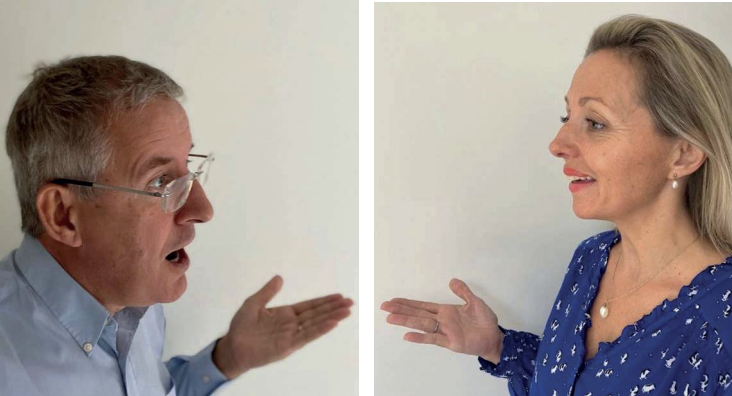Sarah Ardiles and Tom Clendon discuss the thorny issue as to whether it is more useful for assets to be measured at cost or value?
Tom sets the scene
The other day I was approached by a student, who was reviewing a set of financial statements. He had become confused because he realised that some of the assets in the statement of financial position were measured at cost and other assets were measured at fair value. It sparked quite a discussion about why that was the case and what was the most useful way of measuring assets, at cost or at value! Have you come across this issue before Sarah?
Sarah explains what is meant by useful
Yes, I have. Taking a logical approach, it is first of all worth picking up on that word useful. It is a special word. The IASB’s conceptual framework states that information is only useful to the users of financial statements if it is relevant and shows faithful representation. Relevant basically means that the information is predictive and forward-looking. Whereas faithful representation is about ensuring that the accounts are complete, error-free and truthful.
Tom speaks up for fair value
I quite like it when assets are measured at fair value. Under IFRS 13 Fair Value Measurement, fair value is basically defined as the market value of an asset – the amount that the business would receive if the asset were sold. This can give the user useful information as fair value indicates a future cash flow rather than cost which points to the past. Fair value is predictive of a future cash flow. This helps makes the information relevant. For example, I think with IAS 40 Investment Properties it always seems appropriate to choose to have these assets measured at their fair value. It also increases the transparency and stewardship of financial reporting as users are told whether the value of such investment properties has gone up or down and can hold the directors to account. When I told this to my student, his reaction was why aren’t all asset measured at fair value then?
Sarah speaks up for cost
Well, that’s because there are certain assets where it is more useful that they are measured at cost. I would put plant and machinery in this category. A
manufacturing business will have no intention of selling its production line so there is no real point in reporting what it could be sold for because it won’t be sold! It is therefore perfectly appropriate to measure these types of assets at cost. You say that cost points to the past and so is not relevant – but in reality, when using the historical cost approach, the carrying value of plant and machinery are kept up to date through both depreciation and when impairment losses are recorded.
Sarah speaks up for value
However, I would like to also point out that there are circumstances where fair value must be used to ensure that the financial statements show a faithful representation – for example, when accounting for derivatives. These complicated financial instruments are entered into at no cost but can then quickly become very valuable. If derivatives were measured at cost, then the statement of financial position would still not record them as they have no cost, so the accounts would be incomplete and thus not faithfully represent all resources of the business.
Tom concludes
So – let me conclude that it is not useful to measure all assets at either cost or value. One size does not fit all. It is horses for courses! And that is why accounting standards operate a mixed measurement method approach to the measurement of assets.




